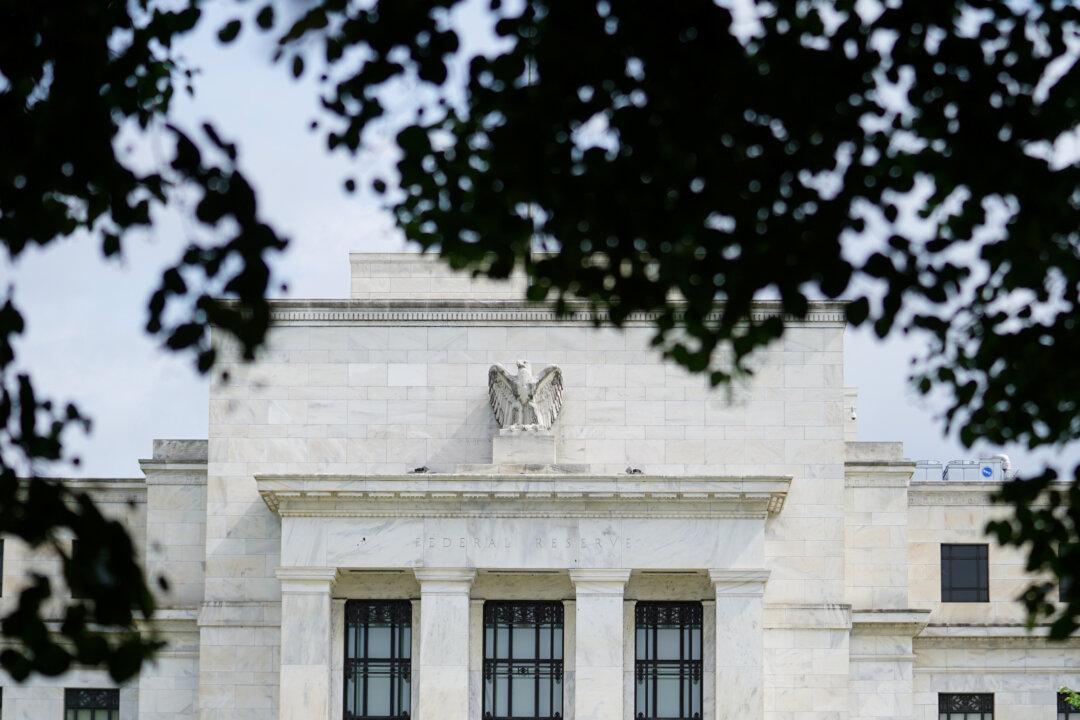Deposits at U.S. commercial banks rose near the end of March for the first time in about a month after two of the largest U.S. banks failed, according to Federal Reserve data released on Friday.
The data showed deposits at all commercial banks rose to $17.35 trillion in the week ended March 29, on a non-seasonally adjusted basis, from a downwardly revised $17.31 trillion a week earlier.




